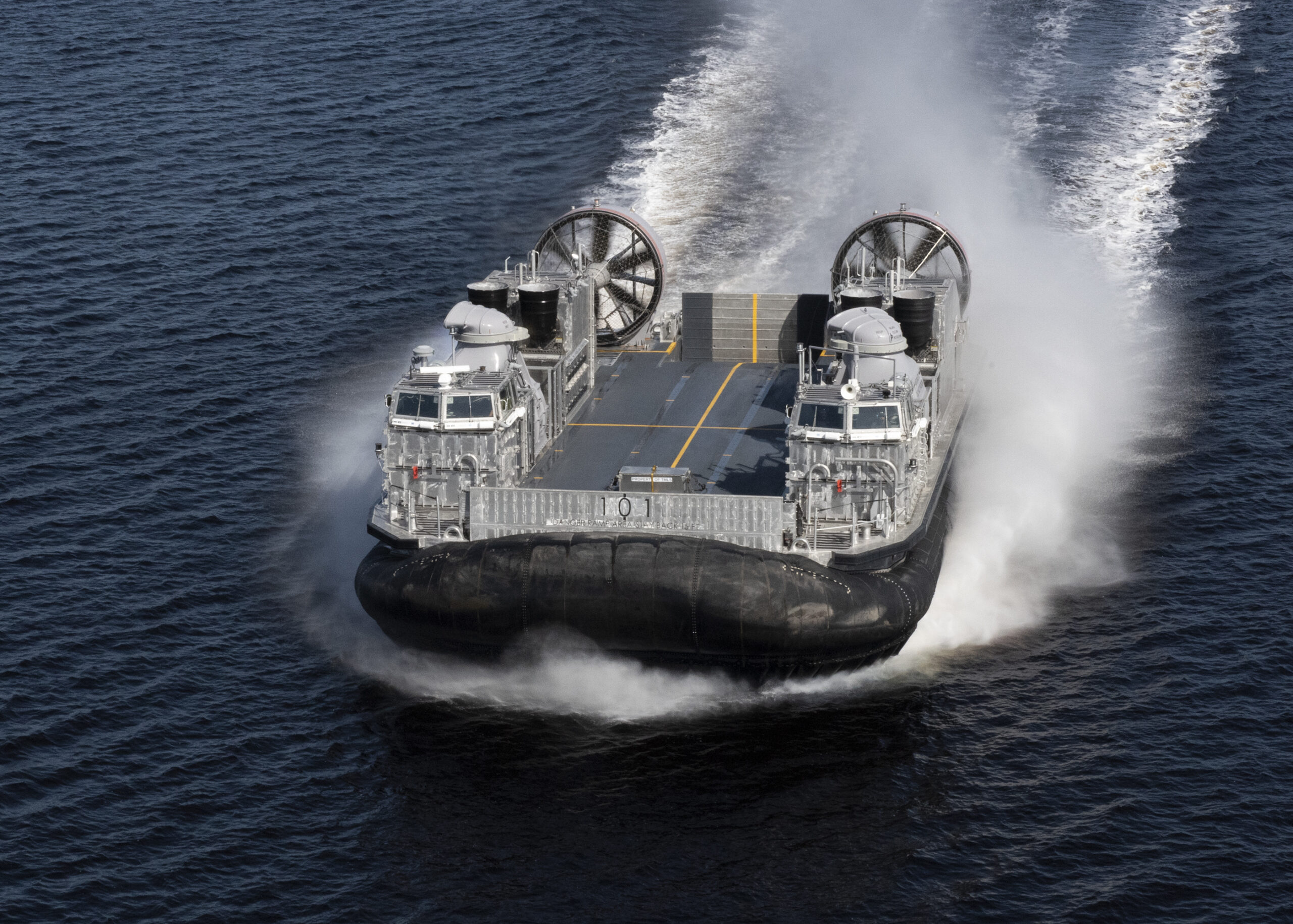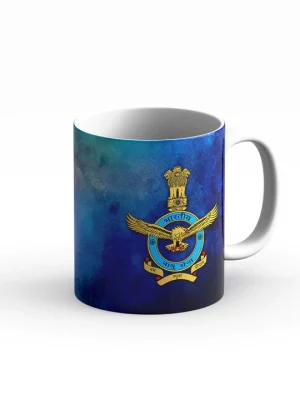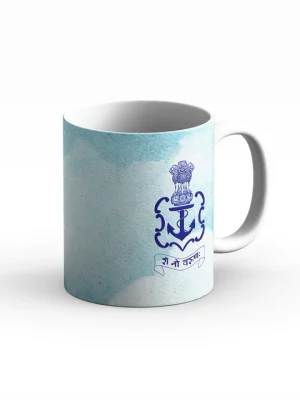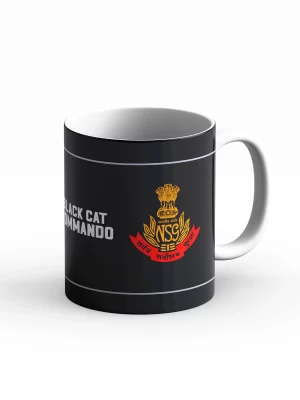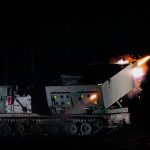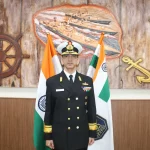The US Navy has officially received the Landing Craft Air Cushion (LCAC) 111 from Textron Systems, marking a significant advancement in the service’s Ship-to-Shore Connector program. This handover was made possible after the hovercraft successfully completed acceptance trials under the supervision of the naval inspection and survey team, which assessed the vessel’s performance against established benchmarks.
The LCAC 111 is set to play a crucial role in various military operations, including rapid deployments, logistical support, and vehicle transfer. It will serve alongside larger platforms, such as the Expeditionary Sea Bases and Expeditionary Transfer Docks, enhancing the Navy’s amphibious warfare capabilities.
US Navy Amphibious Assault and Connectors Program Manager Captain Jason Grabelle commented on the delivery, stating that this new craft provides the Navy and Marine Corps with “unparalleled capability in amphibious warfare.” He emphasized the importance of agility and responsiveness to emerging threats and global challenges, highlighting that the introduction of LCAC 111 into the fleet marks a critical milestone in the Navy’s ongoing efforts to maintain and enhance operational readiness.
The arrival of LCAC 111 follows the earlier integration of the tenth Ship-to-Shore Connector, which was received just three months prior. In a move to further expand the fleet, the Department of Defense awarded a substantial contract to Textron in November, totaling $394.2 million for the construction of nine additional systems. This ongoing effort to modernize the fleet involves the continuation of production for LCAC hulls 112 to 123, building on the primary contract established in 2012, which aimed to replace the older LCAC models that have been in use since the 1980s.
The LCAC 100-class hovercraft, of which LCAC 111 is a part, boasts impressive specifications. It measures 92 feet (28 meters) in length and is capable of transporting over 100 personnel or approximately 74 tons (67,132 kilograms) of cargo. Its defensive capabilities include naval guns, machine guns, and grenade launchers to ensure a comprehensive operational capacity.
Powering the amphibious vessel are four Rolls-Royce MT7 gas turbines, which are similar to those utilized in the Bell V-22 Osprey tiltrotor aircraft. This propulsion system enables the craft to achieve speeds of up to 35 knots (65 kilometers or 40 miles per hour), underscoring its effectiveness in rapid deployment scenarios.

